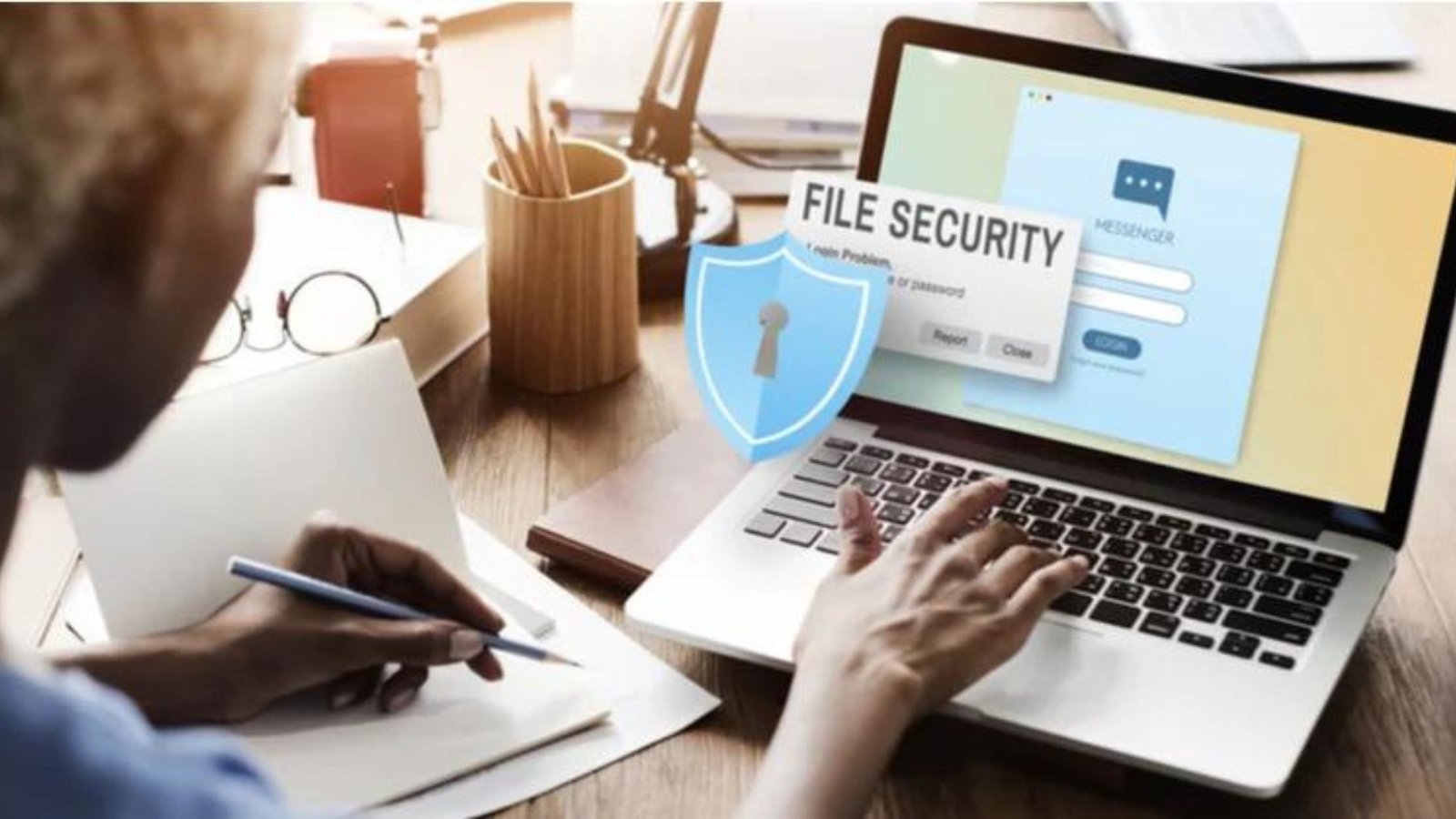Best Practices for Securing Shared Files
In today’s digital world, securing shared files is crucial to protect sensitive information and maintain data privacy. Whether you’re sharing files within your organization or with external partners, implementing best practices for file security is essential. Let’s explore some effective strategies to ensure the security of shared files.

Use Strong Passwords and Encryption
When you’re sharing files, it’s vital to prioritize using strong passwords to safeguard sensitive information. Strong passwords should be complex, comprising a mix of letters, numbers, and special characters to enhance security. Additionally, it’s essential to encrypt files before sharing them to prevent unauthorized access. Encryption involves scrambling the contents of a file, making it indecipherable to anyone lacking the decryption key. This extra layer of security ensures that even if someone gains access to the file, they won’t be able to decipher its contents without the proper authorization.
Implement Role-Based Access Control
Role-based access control (RBAC) is a valuable system that enables you to manage access to shared files according to individuals’ roles within your organization. With RBAC, you can assign specific permissions to users or groups based on their job duties and responsibilities. This means that employees only have access to the files and folders necessary for them to carry out their tasks effectively, minimizing the risk of unauthorized access to sensitive information.
For example, an HR manager may have access to employee records and payroll documents, while a marketing coordinator may only have access to marketing materials and campaign data. By implementing RBAC, you can ensure that each employee has the appropriate level of access to files and folders, reducing the likelihood of data breaches or leaks.
Utilize Secure File Sharing Platforms
When selecting file-sharing platforms, it’s crucial to opt for those with strong security features to protect sensitive data. Look for platforms that provide encryption, which scrambles the contents of files to prevent unauthorized access. Access controls allow you to manage who can view, edit, or share files, ensuring that only authorized users can access sensitive information. Audit trails track user activity, providing a record of who accessed or modified files, which can be useful for monitoring and investigation purposes.
Additionally, choose platforms that comply with industry standards and regulations, such as the Health Insurance Portability and Accountability Act (HIPAA) or the General Data Protection Regulation (GDPR). These standards outline specific requirements for data protection and privacy, ensuring that sensitive information is handled securely and in compliance with legal obligations.
Enable Two-Factor Authentication
Two-factor authentication (2FA) adds an extra layer of security by requiring users to provide two forms of authentication before accessing shared files. This typically involves something the user knows (such as a password) and something they have (such as a code sent to their mobile device). Enabling 2FA helps prevent unauthorized access, even if passwords are compromised.
Regularly Update and Patch Software
Keep your file-sharing software and systems up to date by installing patches and updates regularly. Software updates often include security patches that address vulnerabilities and protect against emerging threats. Failure to update software leaves your system vulnerable to exploitation by cybercriminals.
Educate Users on Security Awareness
Educate users about the importance of file security and provide training on best practices for sharing files securely. Teach users to recognize common security threats such as phishing emails and malware, and instruct them on how to avoid falling victim to these attacks. Encourage users to be vigilant and report any suspicious activity promptly.
Monitor and Audit File Access
Implement monitoring and auditing tools to track file access and detect unauthorized or suspicious activity. Monitor user activity logs and audit trails to identify potential security breaches or data leaks. Regularly review access logs and investigate any anomalies or unauthorized access attempts.
Backup Files Regularly
Regularly backup shared files to ensure that data is protected in the event of a security incident or data loss. Store backups securely in an offsite location or on a cloud-based backup solution. Regularly test backup and recovery processes to ensure they are functioning correctly and that files can be restored quickly in the event of an emergency.
Conclusion
Securing shared files is essential to protect sensitive information and maintain data privacy. By implementing best practices such as using strong passwords, encrypting files, and enabling access controls, you can ensure that shared files remain secure and protected from unauthorized access or data breaches. Educating users about security awareness and regularly monitoring file access are also critical components of an effective file security strategy. By following these best practices, you can mitigate the risks associated with sharing files and safeguard your organization’s sensitive data.
You will find the following information useful:
Related Posts

Pros and Cons of File Sharing
Secure Image Hosting: Protecting Your Photos Online

